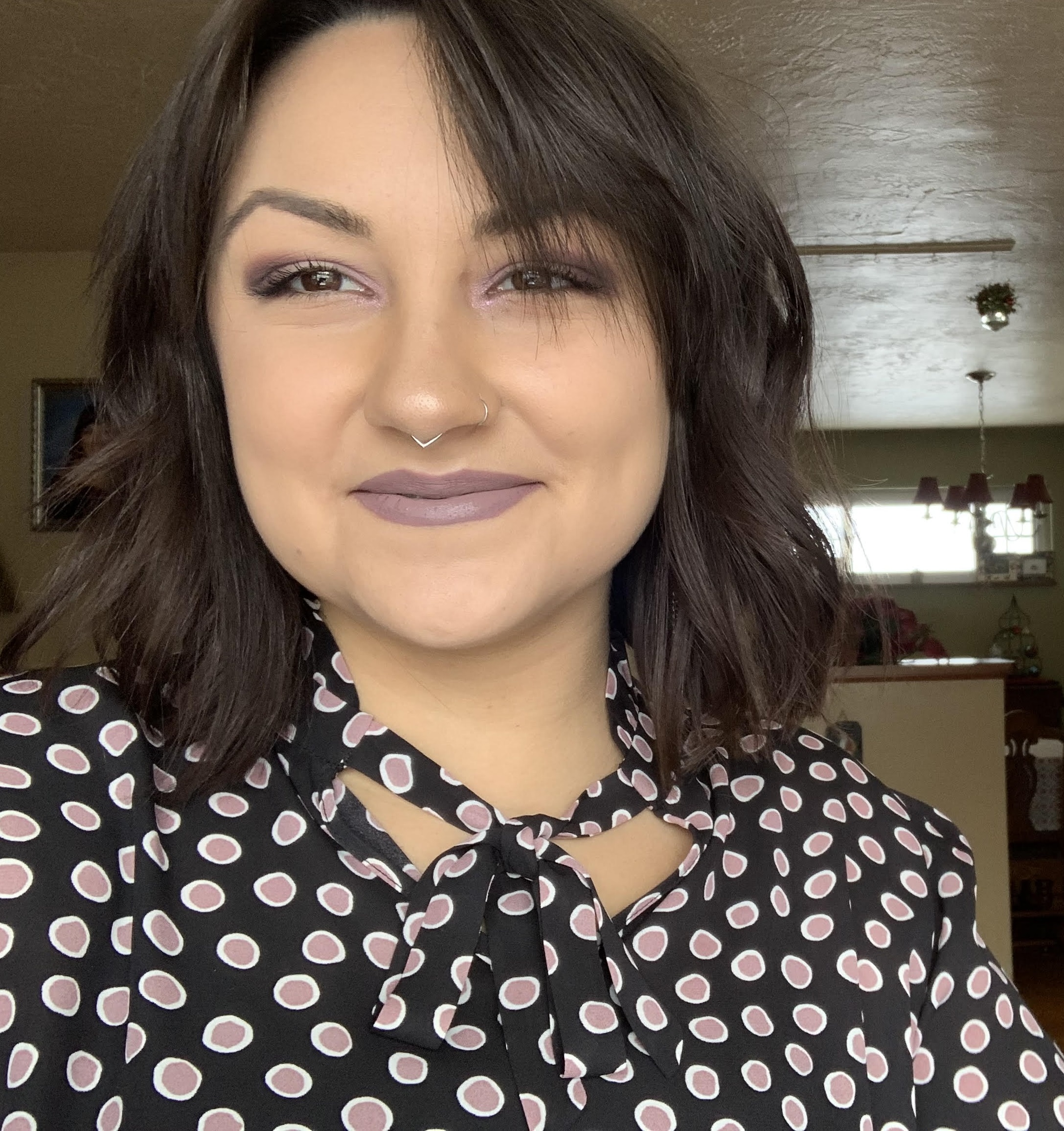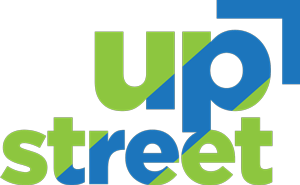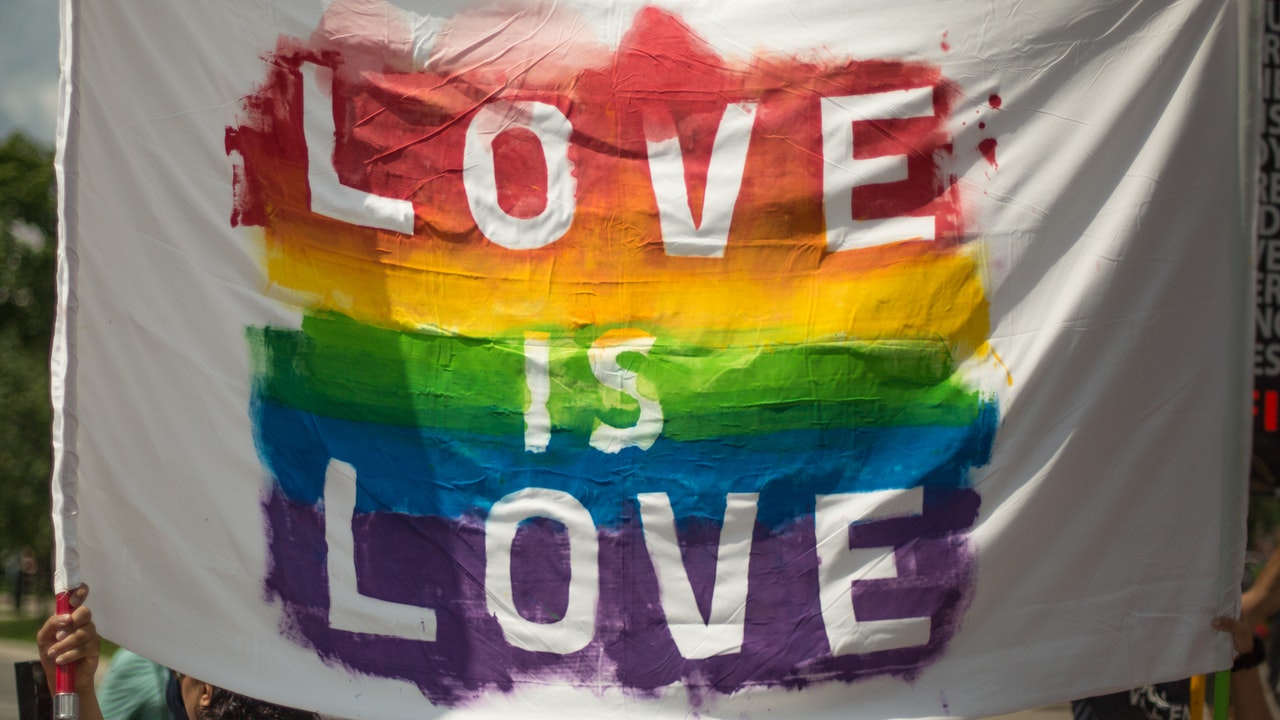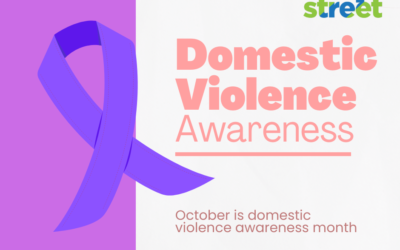
Adolescent and Young Adult Psychotherapist
History of the Pride Flag
Throughout the years, there has been a variety of symbols used to represent the LBGTQIA+ community. However, the one we see most commonly today is the rainbow Pride flag. Harvey Milk, Gilbert Baker, and Lynn Segerblom, also called Faerie Argyle Rainbow, created this flag in the 1970s. Inspired by Judy Garland’s “Over the Rainbow”, this original design used eight different colors to represent the emotional and spiritual parts of the mind:
1. Hot pink, before it was removed because it was hard to dye, meant sex
2. Red means life
3. Orange means healing
4. Yellow means sunlight
5. Green means nature
6. Turquoise means magic and art
7. Indigo, which was later changed to royal blue, means serenity
8. Violet means spirit.
Since then, many other Pride flags have been created. Some are specific to different LGBTQIA+ communities, such as the Transgender Pride flag or the Pansexual Pride flag, while others are updated versions of the rainbow flag.
One design by Daniel Quasar called the “Progress Pride Flag” has a triangular chevron on one side including colors to honor people of color, those we’ve lost to AIDS, and the trans community. Another, known as the “Philadelphia People of Color-Inclusive Flag” includes a black and brown stripe at the top to highlight people of color in the community. There have even been flags created combing Black Lives Matter and Pride symbols to show support for both groups – both fighting for equal rights, safety, and freedom from oppression.





